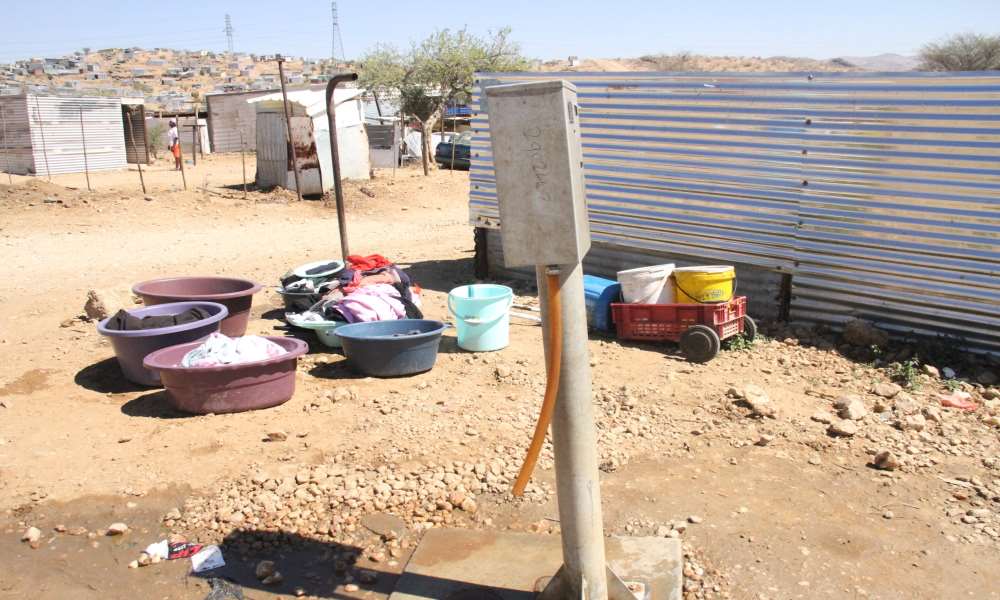Bracket creep making society worse off
Faster growth in registered taxpayers
Bracket creep occurs when income earners are forced into higher tax brackets as a result of inflation adjusted salary increases and tax brackets remain fixed.
Analysts at Simonis Storm have observed a faster growth in the number of registered taxpayers compared to the total number of employed Namibians.According to an Afrobarometer survey conducted in 2021, the national unemployment rate is estimated at 37% with a 3% margin of error. This means unemployment could be as high as 40%.
“Using this estimate, we interpolate the number of unemployed and employed as we only have official estimates for these indicators every two years from the Namibian Statistics Agency (NSA).”
Using this interpolated data, employed Namibians have increased by 3.4% on an annualised basis between 2010 and 2021, whereas registered taxpayers increased by 4.6% on an annualised basis during the same period.
“We then estimate an increase of 11 301 in registered taxpayers, while the number of unemployed increased by 216 737 since 2010. This implies that 11 301 individuals could have become registered taxpayers as a result of bracket creep since 2010,” Simonis Storm said.
Bracket creep occurs when income earners are forced into higher tax brackets as a result of inflation adjusted salary increases and tax brackets remain fixed. Annual inflation in Namibia stood at 7.1% in October 2022 and averaged 5.9% year to date.
In 2014, the minimum annual taxable salary increased from N$40 000 to N$50 000 and has remained unchanged since then.
“Although this was a 25% adjustment, the cumulative rate of inflation amounts to 47.5% which still implies that the adjustment from N$40 000 to N$50 000 is inadequate as it does not prevent bracket creep,” Simonis Storm pointed out.
Finance minister Iipumbu Shiimi recently announced an increase the in minimum annual income tax threshold to N$100 000, effective in FY2023/24.
Inequality
Namibia is known to be one of the most unequal societies in the world, with a gini-coefficient of 0.6. In such an unequal society, allowing bracket creep to occur, it further entrenches the poor and maintains income inequality. This is due to individuals at the bottom of the income distribution, especially informal sector workers, typically seeing their salaries growing slower, being more vulnerable to rising costs of living and now suddenly being eligible to pay taxes due to annual salary adjustments, Simonis Storm said.
In essence, rising inflation and interest rates in recent months, coupled with paying taxes as bracket creep progressed over recent years, all combines to place lower income individuals in a worse financial condition. “We have heard numerous accounts of gardeners, security guards, cleaners and domestic workers amongst other who are now eligible to register and pay income taxes which should not be the case. We view bracket creep as a serious policy failure that needs to be addressed.”
Consumption spending is roughly 70% of gross domestic product (GDP) in the long run, making this a crucial component of economic activity in Namibia. “With rising costs of living and tighter monetary policy during 2022, we are limiting potential consumption spending by lowering disposable incomes of individuals by also taxing them due to bracket creep.
While the minimum taxable income threshold has been lifted considerably, we do advocate for adjusting all income tax brackets for inflation on an ongoing basis, as is done in South Africa for example,” Simonis Storm [email protected]



